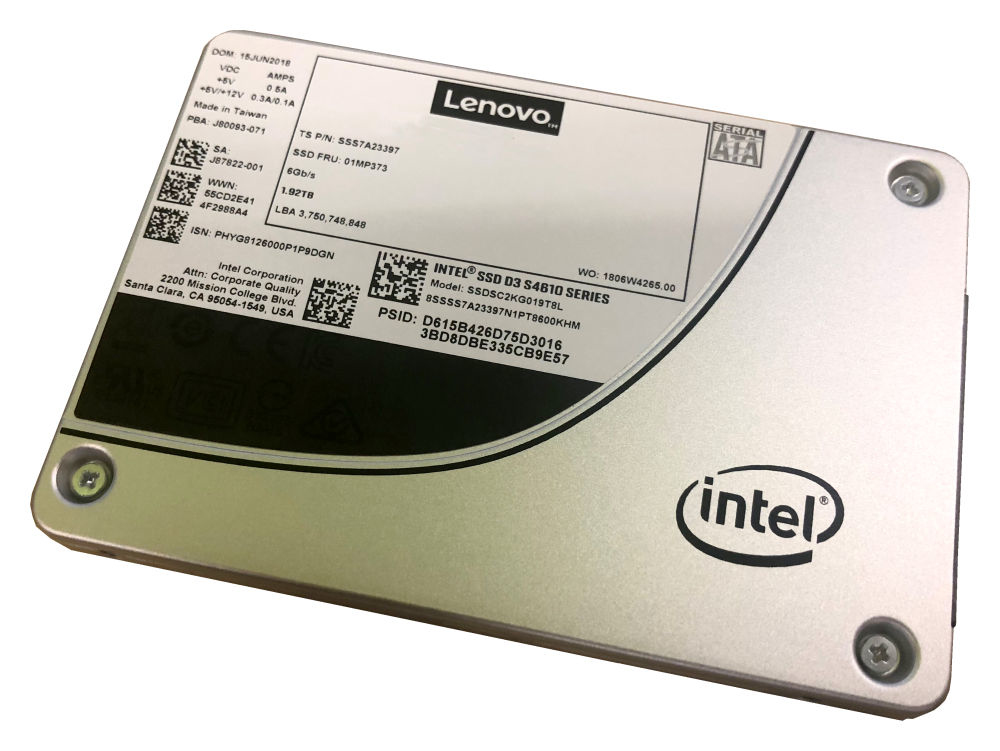Lenovo 4XB7A13635 Lenovo 4XB7A13635 internal solid state drive 2.5"" 960 GB Serial ATA III 3D TLC NAND
$952.50
Quantity :
PRODUCT DETAILS:

